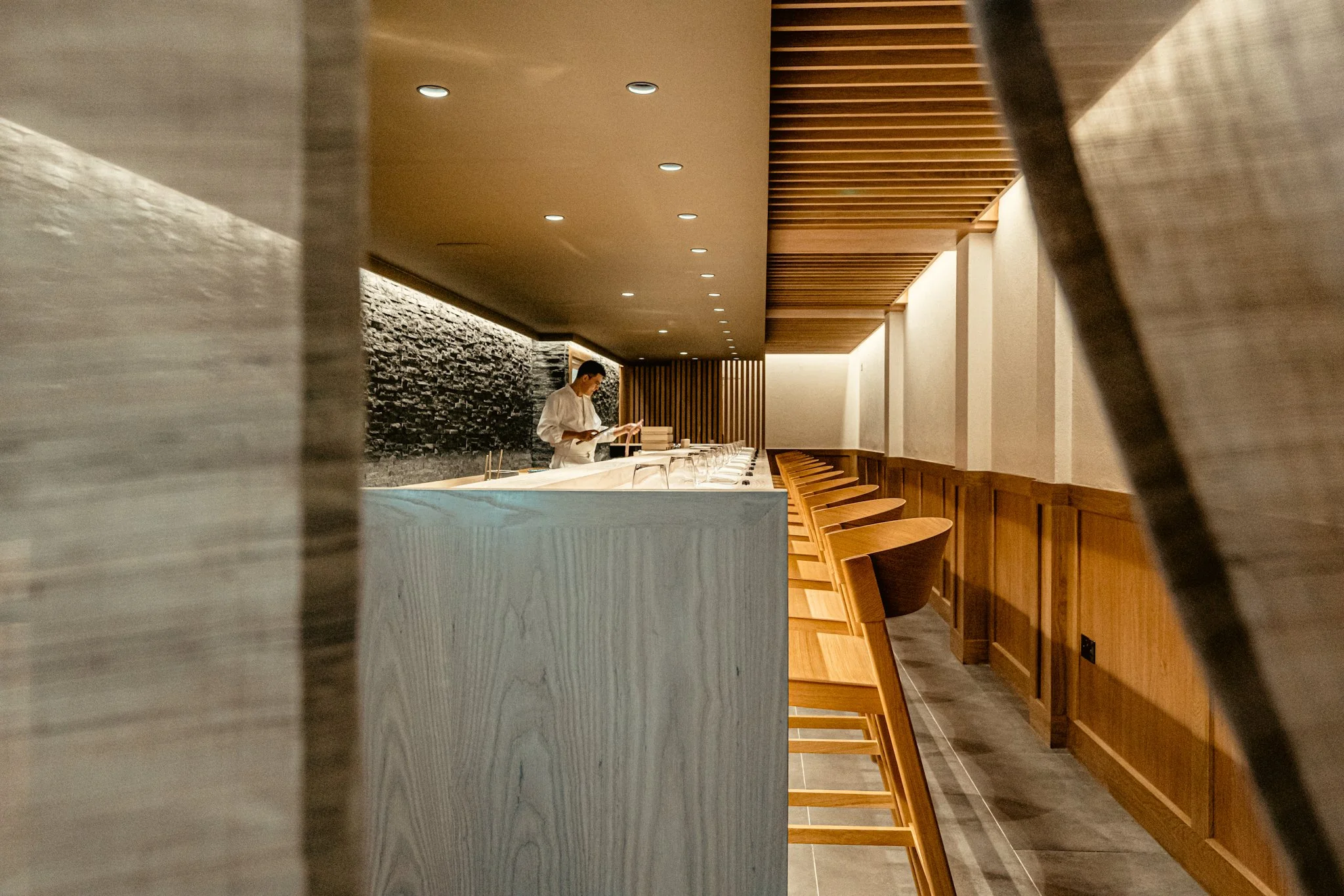Decoding Sushi Etiquette: A Guide to Enjoying Omakase
Sushi is more than just a meal—it’s an experience. At TAKU, we want every guest to enjoy their Omakase journey to the fullest, and part of that means understanding the etiquette that enhances the dining experience. Whether you're a seasoned Omakase guest or new to the world of traditional Edomae sushi, this guide will help you navigate your meal with confidence. For those seeking the best sushi in London, following these etiquette tips will elevate your experience.
1. Preparing for Your Meal: The Oshibori
Before your meal begins, you’ll be offered an oshibori—a small, wet towel used to clean your hands. This is a common practice in Japanese dining, ensuring your hands are fresh before you begin eating, especially since sushi is often enjoyed with your hands.
2. No Need for Extra Soy Sauce
Unlike casual sushi dining, where soy sauce is served on the side, TAKU’s sushi is already perfectly seasoned by the chef. Each piece is carefully brushed with the right balance of soy sauce, citrus, or other seasonings to enhance its flavour. There’s no need to dip your nigiri in extra soy sauce—trust the chef’s expertise!
If you are served sashimi, you may be given soy sauce separately, but it’s best to dip lightly—not soak—to avoid overpowering the delicate flavours.
3. How to Eat Nigiri
Sushi is best eaten in one bite to fully experience the harmony of flavours and textures. The chefs control the temperature of both the fish and the rice, so it’s ideal to eat each piece as soon as possible rather than letting it sit.
You can eat nigiri fish-side down or rice-side down, but at TAKU, we recommend rice-side down because we season our rice differently to complement the fish.
4. Hands or Chopsticks?
You can use either your hands or chopsticks—whichever you feel most comfortable with. However, eating with your hands is the more traditional way and allows for better control when handling the nigiri.
5. The Role of Wasabi
At TAKU, the chefs add wasabi directly to each piece of sushi in the perfect amount for balance. However, if you prefer more, less, or none at all, you are welcome to let the chef know.
6. Ginger as a Palate Cleanser
The gari (pickled ginger) served alongside your sushi is not meant to be eaten with the sushi itself. Instead, it acts as a palate cleanser between different pieces, helping you fully appreciate the unique taste of each nigiri.
7. Engaging with the Chef
We encourage guests to interact with the chef! Feel free to ask where the fish is sourced from, learn about different techniques, or even let the chef know if you’re getting full and would like less rice in your nigiri. Omakase is a personal dining experience, and we want you to feel comfortable and engaged.
8. Be Mindful of Fragrances and Noise
A key part of the Omakase experience is enjoying the aroma of fresh fish, warm rice, and delicate seasonings. Strong perfumes or colognes can interfere with this, so we recommend avoiding heavy fragrances to ensure everyone can fully appreciate the meal.
Additionally, since Omakase is an intimate experience, we ask guests to be mindful of their conversation volume to respect others who are enjoying their meal.
9. Photography Etiquette
We understand that you may want to capture the experience, and you’re welcome to take photos of your food. However, sushi is best eaten fresh, so we recommend snapping your picture quickly and eating each piece as soon as possible.
Please note that while food photography is allowed, photos or videos of the chefs are not permitted to maintain the integrity of the dining experience.
10. Just Enjoy the Experience
Most importantly, Omakase is meant to be enjoyed. Watch the chefs work their craft, take in the atmosphere, and don’t be nervous! Whether it’s your first Omakase or your tenth, we want you to relax and savour every bite.
By following these simple etiquette tips, you’ll be able to immerse yourself in the full Omakase experience at TAKU. We look forward to welcoming you to our counter!
Read to experience Omakase at TAKU? Book your table now!

